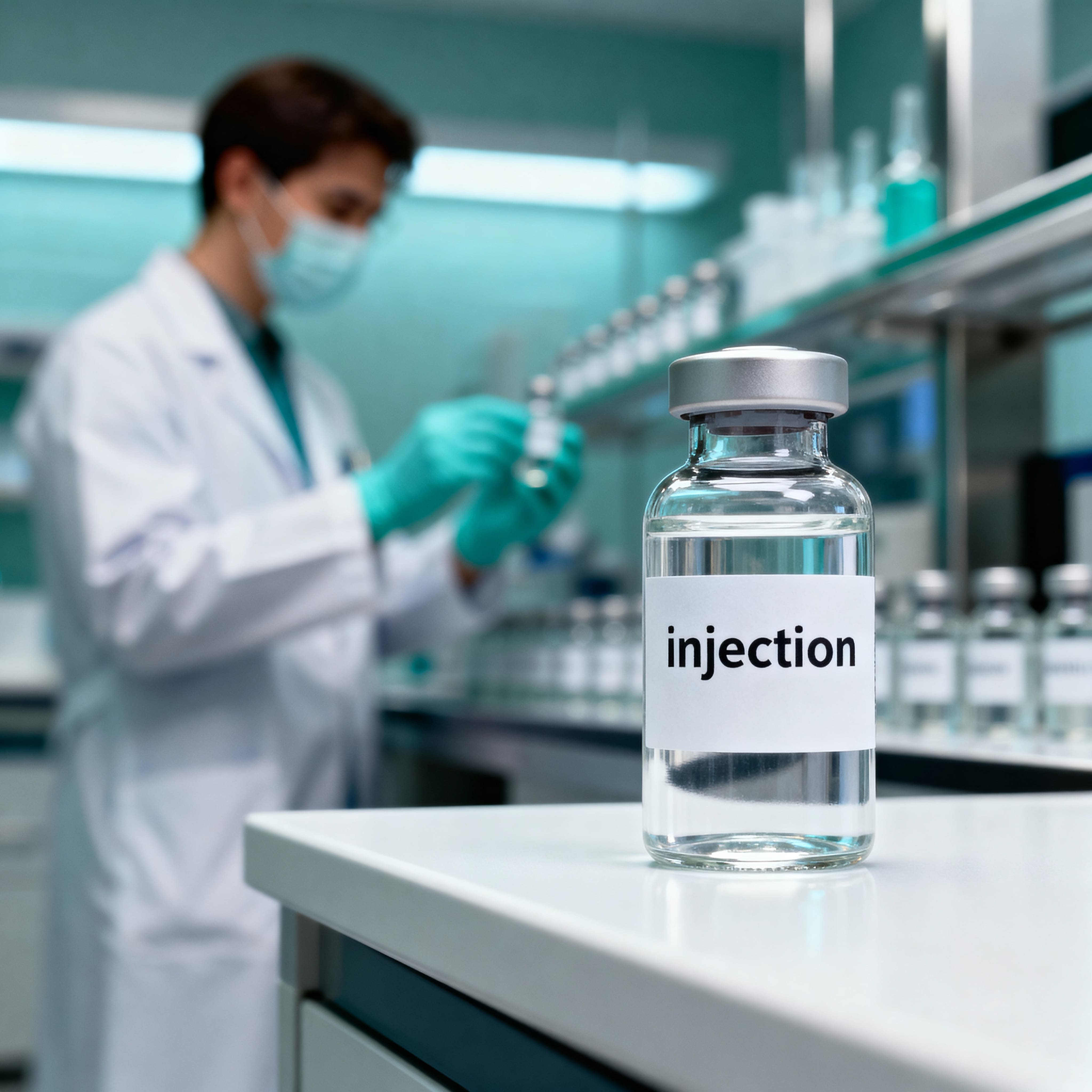Semaglutide and Tirzepatide Recall: FDA Alert and What It Means for You
Date Published
- Twitter
- Facebook
- LinkedIn
- Instagram
- Copy Link

What’s happening
A voluntary Class II recall has been issued for several lots of semaglutide and tirzepatide injections compounded by ProRx LLC (Exton, PA).
According to the FDA’s Enforcement Report (Event #97808), the recall began October 15, 2025, and is ongoing. It affects vials distributed to Texas and Utah, though more states could be impacted if resold online.
Reason for recall: Lack of assurance of sterility.
That means there’s a potential—though not confirmed—risk that vials may not meet sterile standards required for safe injection.
What products are included
ProRx LLC listed seven recalled products, including:
- Semaglutide Injection (1 mg/mL – 12.5 mg/mL) in various multidose vial sizes (1 mL – 5 mL)
- Tirzepatide Injection (9 mg/mL) in 3 mL vials
- All lots were intended for subcutaneous use by prescription
If you received a compounded semaglutide or tirzepatide vial through an online telehealth or compounding pharmacy partner, check your label for:
Manufacturer: ProRx LLC
NDC Codes: 84139-225-02 through 84139-225-09 (for semaglutide) and 84139-209-03 (for tirzepatide).
If your vial matches one of these numbers—or lists any of the following lot codes—stop using it immediately:
Prorx04282025-3, ProRx051425-2 through -4, ProRx051525-1 through -5, ProRx052125-4, ProRx08062025-3.
Why this matters
Class II recalls indicate a moderate risk to health. Contaminated or improperly sterilized injectables could lead to infection or other complications, even if the product looks normal. The FDA has not reported any confirmed adverse events related to this recall so far.
Compounded medications like these are not FDA-approved—they can fill gaps when approved drugs are unavailable, but they don’t undergo the same testing for sterility or potency. When issues arise, the FDA posts recalls like this to protect patients.
What to do if you have these products
- Stop using the medication immediately. Do not inject or attempt to “use up” remaining vials.
- Store it safely (e.g., in a sealed bag) until you confirm next steps with your provider or pharmacy.
- Contact your pharmacy or telehealth provider
- Check your vials to see if ProRX and the lot numbers match the recall, then call your provider.
- Request a replacement or refund; most pharmacies will reimburse or credit you under FDA guidelines.
- If they’re unresponsive, file a complaint via the FDA Consumer Complaint Coordinator.
- Check your vials to see if ProRX and the lot numbers match the recall, then call your provider.
- Report any adverse effects to the FDA MedWatch portal. Even mild reactions help officials trace potential issues.
How refunds typically work
Pharmacies and telehealth providers handling recalled lots must notify patients and provide instructions for return or disposal. You can generally:
- Return the unused vial(s) for a full refund or replacement.
- Request a shipping label or credit confirmation via email.
- If you paid by card and receive no response within 10 days, contact your bank for chargeback protection and include the FDA recall notice as evidence.
Staying informed about future recalls
You can subscribe directly to FDA recall alerts or follow the FDA Enforcement Report database.
It’s worth checking these monthly if you use compounded medications, since 503A and 503B pharmacies sometimes voluntarily recall lots to ensure safety standards are maintained.
Key takeaway
If your vials came from ProRx LLC, pause use and verify lot numbers immediately. No need to panic—Class II recalls mean potential risk, not confirmed harm—but taking the right steps keeps you safe and eligible for refunds.
Transparency is the point of these notices—so patients can stay informed and protected.
If you enjoy posts like these, you can subscribe to receive newsletter updates.
Sources
Keep Reading

Learn what grey-market peptides are, why they’re risky, and how to choose safer FDA-approved or properly compounded options instead.

The difference between 503A and 503B compounding pharmacies, why it matters, and how to stay safe when getting GLP-1 compounded treatments.

Learn how compounding pharmacies work, why FDA oversight matters for GLP-1 safety, and what to check at local or telehealth pharmacies.
